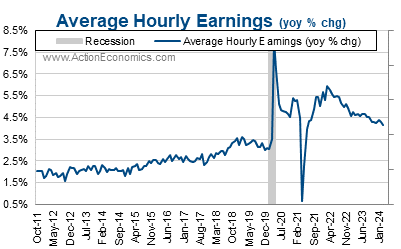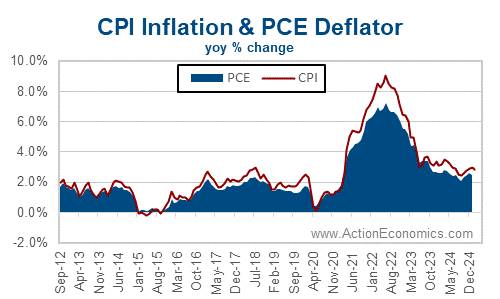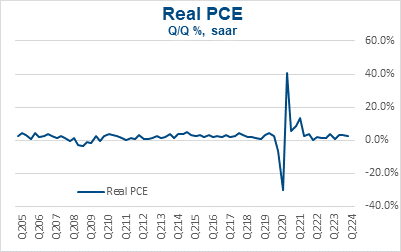The FOMC meets on Tuesday and Wednesday this week, and will issue its post-meeting statement at 19:00 GMT on Wednesday. The market widely anticipates an acceleration in the pace of taper that will bring an end to new purchases by March, and will seek signals regarding the timing of eventual rate hikes. The Fed is fully expected to speed up the tapering to $30 bln per month from the current $15 bln clip as policymakers address the rise in inflationary pressures alongside the strengthening in the Q4 economy and labor market.
The inflation threat has picked up, and the pop to multi-decade highs and the persistence of pressures resulted in the decision to “retire“ the transitory characterization. The Committee now wants to end this phase of accommodation to gain more flexibility on normalization. Assuming an end of QE in March, many Fedwatchers see liftoff in June, with some even pushing up the first hike to May. The FOMC is unlikely to commence liftoff that soon but will be more cautious in assessing conditions. Quarter point hikes are seen in September and December.
For the funds rate projections in the SEP, it is widely expected the 2022-23 estimates will be raised by about 0.3% given the hawkish shift in policy. The 2022 median should show two quarter-point rate hikes in 2022, consistent with the need to accelerate the QE taper to open the door to a sooner rate hike than previously anticipated. The Committee will tread more cautiously on rate hikes, probably holding off for several months before liftoff.
Farther out, we do not expect changes in the 2024 forecasts, consistent with the view that inflation will be decelerating. The SEP was updated at the September meeting and will be revised again in December. Unfortunately for the Fed, inflation forecasts will again be a cause of embarrassment as they should mark a fifth consecutive SEP with upward revisions. The SEP will likely reveal big 2021 cuts in both the GDP and jobless rate estimates, but huge boosts in the PCE chain price forecasts. The last SEP updates were in September, when GDP estimates were also cut but jobless rate estimates were raised slightly. The chain price estimates were boosted in each of the last four SEP updates.
In the Q&A, Chair Powell will face the usual questions about the big 2021 inflation overshoot and the inflation risks we face in 2022.
The following summarize economic developments that have occurred since the last FOMC meeting in November regarding the labor market, inflation and consumption.
The Labor Market: Payrolls have posted solid 2021 growth, with an average gain of 555k year-to-date, after a 2020 average payroll drop of -785k. The jobless rate reached a bottom in the last expansion of 3.5% in February of 2020, before surging to a 14.7% peak in April of 2020. The rate has since eased to 4.2% through November, a low since the onset of the pandemic. The participation rate tumbled from a 5-year high of 63.3% in January and February of 2020 to a 48-year low of 60.2% in April of 2020, before climbing back to 61.8% through November of this year. The y/y average hourly earnings gauge was lifted sharply in April of 2020 by the shift in the compositional mix of jobs with the shutdowns, as layoffs were heavily concentrated among low-wage employees.
Employment in the goods sector has been climbing steadily, though at a restrained rate since an April dip, after solid improvement through the second half of 2020. The goods sector is facing substantial headwinds in 2021 from supply chain disruptions that were less apparent in 2020.
Service sector employment has improved in every month of this year, after a -356k drop in December of 2020 that capped a string of big gains. Monthly service sector changes are averaging 470k thus far in 2021 from -609k in 2020, versus 141k in 2019 and 131k in 2018.

Other measures of labor under-utilization include those marginally attached to the labor force, discouraged workers, and part-time workers for economic reasons.
Wage growth settled into a sustained rate at or just above 3% between 2018 and early-2020, before the pandemic-related spike starting in March of 2020 from the mass layoffs of low-paid workers that changed the mix of employment. A 3.0% y/y rise for wages in February of 2020 was followed by a two-month gain to 8.2% in April of 2020, before the drop-back to 0.3% in May of 2021, but a rebound since then back to 4.8% in November. Beyond clumsy base-effects, y/y wage growth has moved higher on net with the pandemic, given the shift away from low-paid workers, and labor shortages in a wide array of industries.

Inflation: We’ve seen a powerful updraft in commodity and construction material prices in 2021 that is lifting inflation prospects for the year. We saw y/y CPI gains of 6.8% in November that marked a 39-year high, 6.2% in October that marked a 31-year high, and gains of 5.4% in September, 5.3% in August, and 5.4% in both July and June that all marked 13-year highs.
The Fed’s favored inflation gauge, the PCE chain price measure, posted October y/y gains of 5.0% for the headline and 4.1% for the core, after respective September increases of 4.4% and 3.7%, leaving 31-year highs for the headline and core in both months. April of 2020 marked a trough for the inflation measures.


Consumption: Real PCE slowed sharply in Q3 with the onset of a retail sales pullback, as we unwound stimulus boosts via direct deposits to individuals in Q1. Real consumption growth was 1.7% in Q3, after rates of 12.0% in Q2, 11.4% in Q1, 3.4% in Q4, and 2020’s big pandemic zigzag that left a Q3 growth clip of 41.0% after a -33.2% contraction rate in Q2.
GDP looks poised for growth near 7.0% in Q4, after reported rates of 2.1% in Q3, 6.7% in Q2, and 6.3% in Q1.
Nevertheless, Markets will be focused on the Fed’s verbiage in the press conference regarding any indication of timing for the start of Fed rate hikes. The markets will continue to monitor the degree to which the Fed will tolerate the current inflation overshoot, given the Fed’s shift to an average inflation targeting regime in 2020 that will be tested in 2022.
Click here to access our Economic Calendar
Andria Pichidi
Market Analyst
Disclaimer: This material is provided as a general marketing communication for information purposes only and does not constitute an independent investment research. Nothing in this communication contains, or should be considered as containing, an investment advice or an investment recommendation or a solicitation for the purpose of buying or selling of any financial instrument. All information provided is gathered from reputable sources and any information containing an indication of past performance is not a guarantee or reliable indicator of future performance. Users acknowledge that any investment in Leveraged Products is characterized by a certain degree of uncertainty and that any investment of this nature involves a high level of risk for which the users are solely responsible and liable. We assume no liability for any loss arising from any investment made based on the information provided in this communication. This communication must not be reproduced or further distributed without our prior written permission.



















